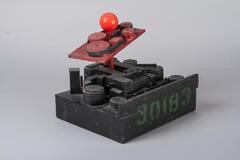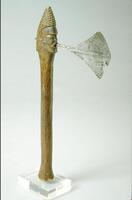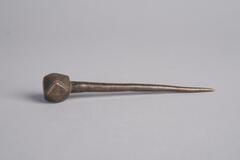56 UMMA Objects
56 UMMA Objects
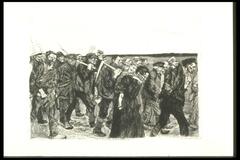
Käthe Kollwitz (German (culture, style, period))
The Weavers Cycle: March of the Weavers (from a set of 6 prints)
1897
Museum Purchase
1956/1.21

Raymond Creekmore
Axman
1930 – 1940
Courtesy of the Fine Arts Collection, U.S. General Services Administration, New Deal art project
1935.3
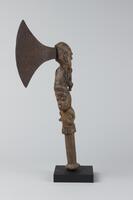
Yoruba (Yoruba (culture or style))
Ceremonial Axe
20th century
Gift of Susan B. and John F. Ullrich
1998/1.53
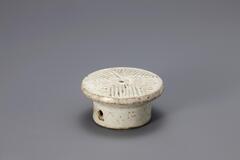
Korean (Korean (culture or style))
Rice Cake Mold
1850 – 1899
Gift of Ok Ja Chang and the Chang Family
2009/2.84
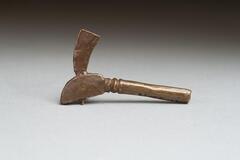
Akan (Akan (culture or style))
Gold-weight
1900 – 1985
Gift of Dr. and Mrs. Milford Golden
1986/2.131
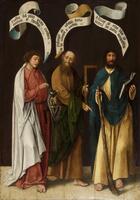
Jan Joest
Three Apostles: St. John the Evangelist, St. Thomas, and St. James the Less with the Apostles' Creed
1500 – 1519
Museum Purchase
1973/2.77

Garry Winogrand (American (North American))
Toronto
1969
Gift of Stanley T. Lesser, A.B. 1951, J.D. 1953
1981/2.65.10
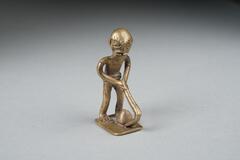
Akan (Akan (culture or style))
Gold-weight
1965 – 1975
Gift of Dr. and Mrs. Milford Golden
1986/2.128

Marka (Marka)
Pestle, of Mortar and Pestle
1915 – 1925
Transfer from the Kelsey Museum of Ancient and Medieval Archaeology, Cummer Collection
1983/1.353.2
Loading…
